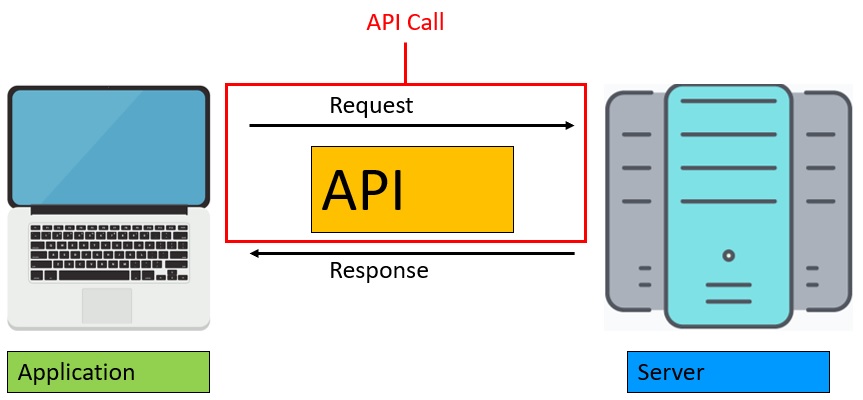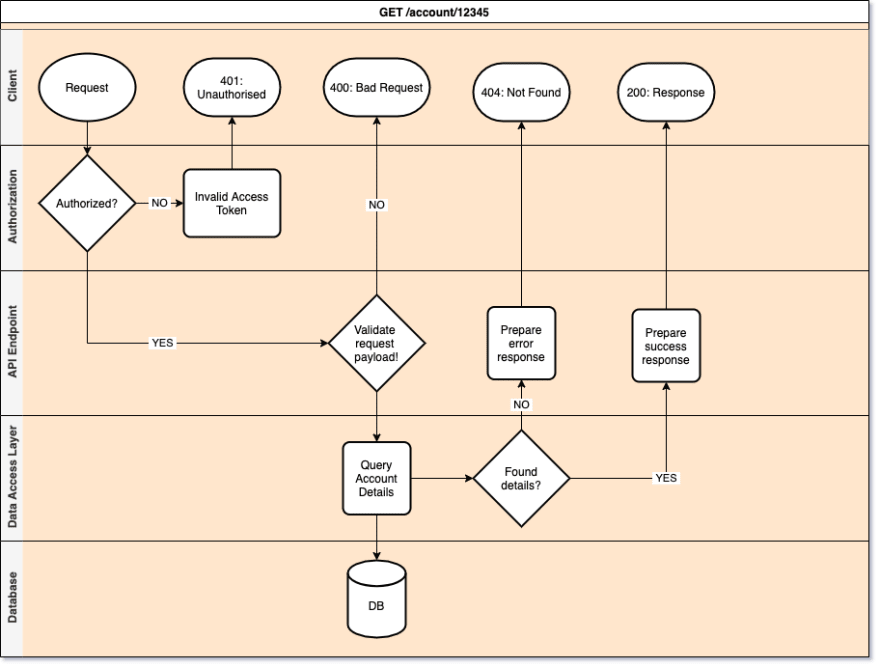Introduction: The Vital Connection in Today’s Digital World
In today’s digital age, where countless devices and applications seamlessly connect with each other, the concept of an API call plays a pivotal role. API stands for Application Programming Interface, and it serves as a crucial bridge between different software systems, allowing them to communicate and exchange data with ease. Understanding the essence of an API call is essential for navigating the complexities of modern technology and maximizing its potential.

Image: analyticoolblog.com
Defining API Calls: A Gateway to Data Exchange
An API call is essentially a request sent from one software application to another, seeking specific data or functionality. This request travels across a defined communication channel, carrying parameters that specify the desired action. The receiving application, upon receiving the request, processes the parameters and sends back a response containing the requested data or executing the desired function.
Historical Evolution: From SOAP to RESTful
The history of API calls traces back to the early days of computing, where remote procedure calls (RPCs) facilitated communication between distributed systems. Over time, the limitations of RPCs led to the development of the Simple Object Access Protocol (SOAP), which standardized message formats and introduced XML for data representation. However, SOAP’s complexity and overhead prompted the emergence of Representational State Transfer (REST), a lightweight and versatile architectural style that simplified API calls. RESTful APIs have become the dominant approach today, offering flexibility, scalability, and ease of use.
How API Calls Work: A Journey of Data Exchange
The process of an API call involves a series of well-defined steps:
-
Initiation: A client application initiates an API call by sending a request to a server application. The request typically includes parameters specifying the desired action, such as retrieving data or performing an operation.
-
Transmission: The request travels through the internet or other communication channels, following predefined protocols and formats.
-
Processing: The server application receives the request and parses the parameters to determine the requested action. It processes the request, accessing databases or performing calculations as needed.
-
Response: The server application prepares a response containing the requested data or the result of executing the desired function.
-
Return: The response is sent back to the client application, providing the necessary information or confirming the execution of the requested action.

Image: dev.to
Benefits of API Calls: Unlocking Integration and Innovation
API calls offer numerous benefits that have revolutionized the way software applications interact:
-
Integration: API calls enable seamless integration between different software systems, allowing them to exchange data and functionality, eliminating the need for costly and complex custom development.
-
Innovation: APIs empower developers to build new applications and services by leveraging existing functionality provided by third-party systems. This accelerates innovation and reduces development time and costs.
-
Scalability: API calls facilitate the scalability of software systems by allowing them to connect to external resources and services as needed, reducing the burden on internal infrastructure.
-
Flexibility: APIs offer flexibility by providing a standard interface for communication, enabling applications to interact with various systems and devices regardless of their underlying technologies.
Examples of API Calls: Real-World Applications
API calls are ubiquitous in modern technology, powering a vast array of applications:
-
E-commerce: When you checkout on an e-commerce website, an API call is made to the payment gateway to process your payment securely.
-
Social Media: Each time you refresh your social media feed, an API call retrieves the latest posts and updates from the server.
-
Weather Apps: Weather apps rely on API calls to fetch weather data from meteorological services.
-
Navigation Apps: Navigation apps use API calls to retrieve real-time traffic updates and route information from mapping services.
-
Voice Assistants: Voice assistants like Siri and Alexa utilize API calls to respond to your queries by accessing information from various sources.
Ethical Considerations: Responsible Use of API Calls
While API calls are indispensable for digital innovation, ethical considerations must be taken into account:
-
Data Privacy: Ensure that API calls comply with data privacy regulations and that user data is handled responsibly.
-
Security: Implement robust security measures to prevent unauthorized access and data breaches.
-
Throttling and Rate Limiting: Respect the limitations imposed by API providers regarding the number and frequency of requests.
-
Fair Usage: Avoid excessive or abusive use of APIs, adhering to the terms of service and avoiding disruption to the provider’s system.
What Is Api Call
Conclusion: The Cornerstone of Connected Technology
API calls are the cornerstone of modern technology, seamlessly connecting diverse software systems, enabling data exchange, and fostering innovation. Understanding the concept of API calls empowers us to harness the power of connected technology, unlock new possibilities, and navigate the digital landscape with greater ease. As we move into the future, API calls will continue to play a pivotal role in shaping the way we interact with technology and the world around us.







